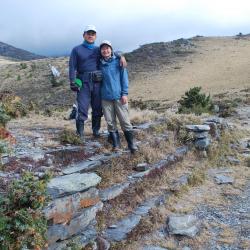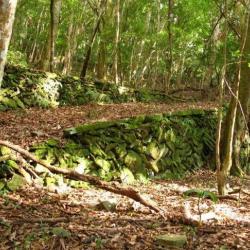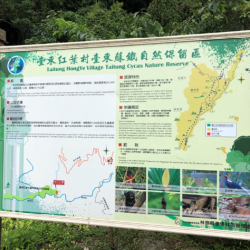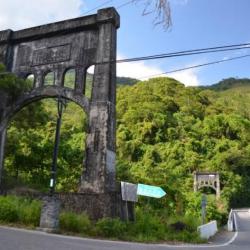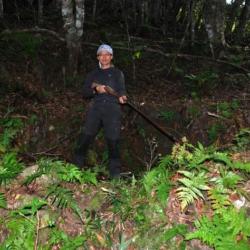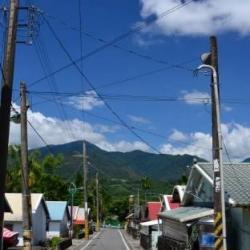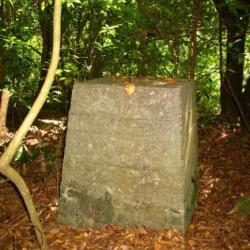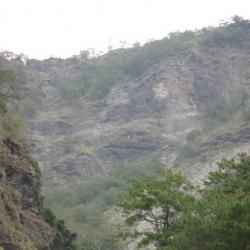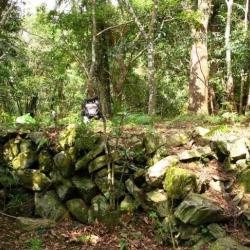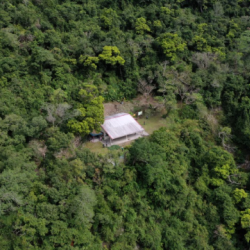The former site of the Prefectural Boundary is located on the Batongguan Traversing Historic Trail of the Japanese Occupation period. It is mainly located on the southwestern side of the Dashuiku Pond at an altitude of about 3,240 meters. It is a stone foundation with four 4.3 meters wide steps. The stairs were the dividing line between Taichu State (now Taichung City) and Karenkou Prefecture (now Hualien County) during the Japanese occupation. In the past, the Governor-General in Taiwan once built a pavilion on the foundation to provide a resting place for travelers, and erected a wooden boundary marker in front of it. After the war, the Forestry Bureau built an iron hut in the 1970s that was later destroyed by strong winds and snow.
Today, the Yushan National Park Management Office rebuilt a hut with solar power and a rainwater tank on the original site.
